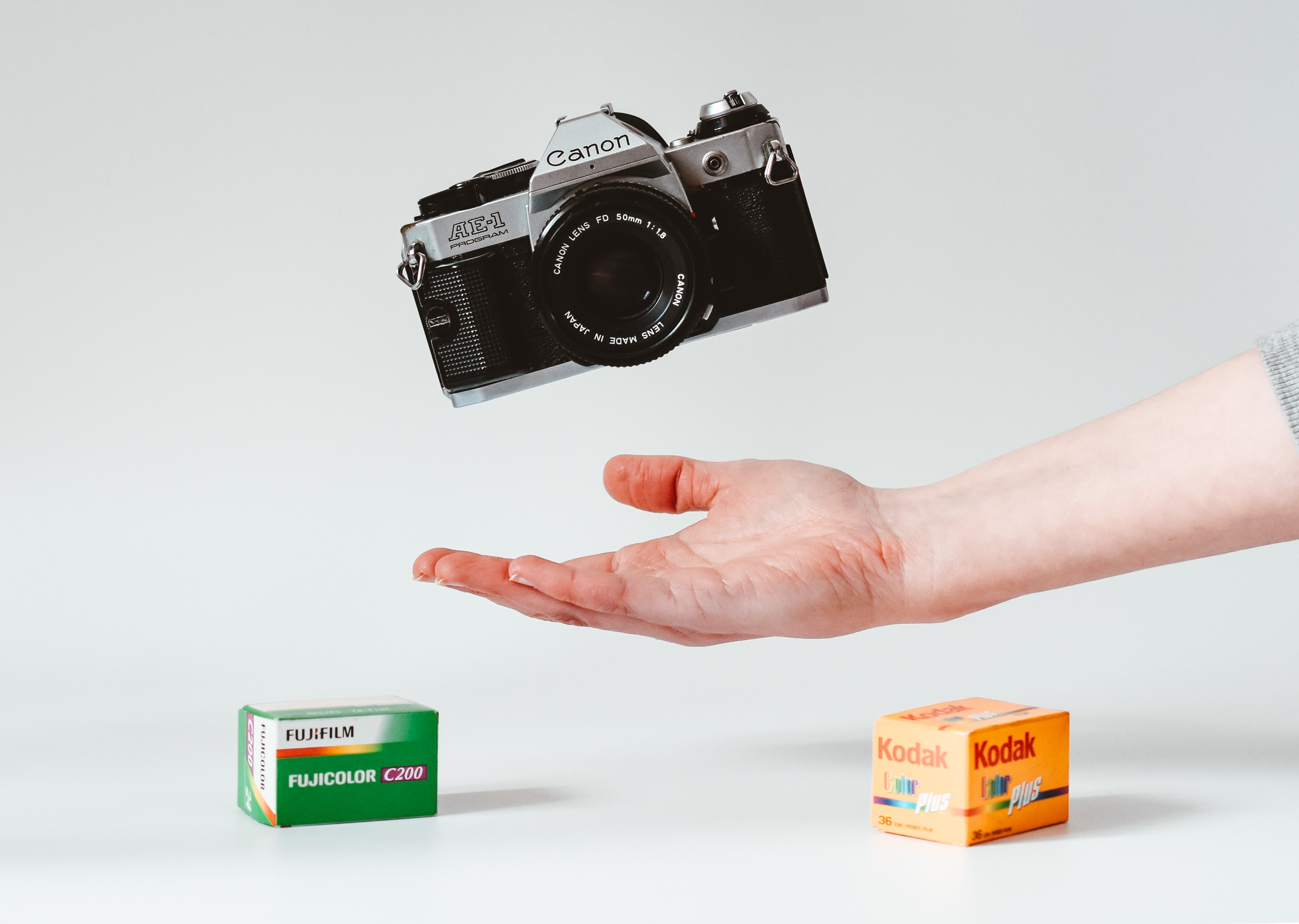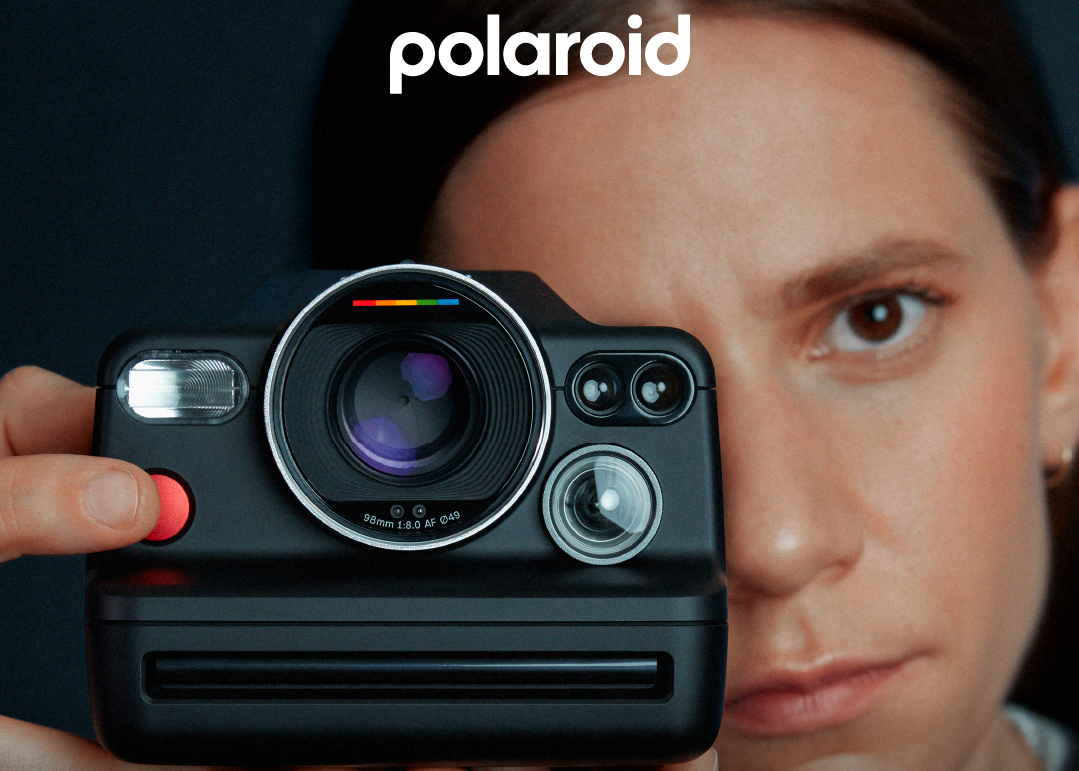Embarking on a journey as a film photographer is an exhilarating leap into a realm of timeless beauty and artistic expression. With a film camera in hand, you can step away from the instant gratification of digital and embrace the deliberate and mindful process of capturing light on celluloid. Each click of the shutter becomes a conscious decision, a moment frozen in time.
As you delve into the world of film, you’ll find yourself immersed in the nuances of different films, learning their unique characteristics and understanding how they shape the narrative of your images. You’ll discover the joy of manual control, mastering the interplay of aperture,
shutter speed, and ISO as you weave your vision into every frame. Film photography is a journey of experimentation, where mistakes become opportunities for growth, and surprises become a source of inspiration. As a film photographer, you’ll join a community of passionate individuals, sharing stories, knowledge, and encouragement. Through this journey, you’ll capture moments and uncover a deeper connection to the art of photography and a profound appreciation for the tangible and timeless allure of film.
In this blog, we’ll guide you through the different types of film stocks so that you can find your style preference or if you’re keen to experiment and discover new styles.
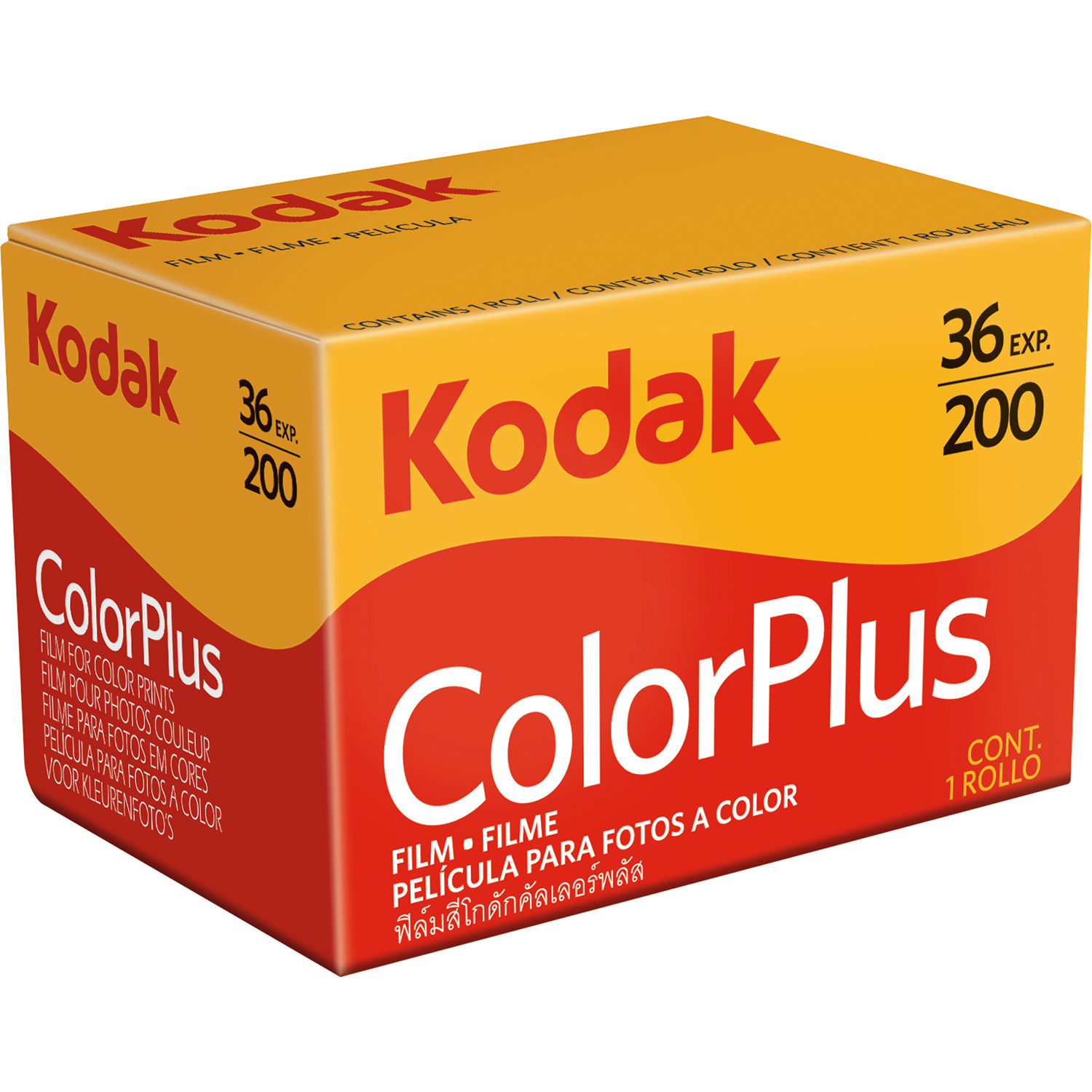
Kodak ColorPlus 200 Colour 35mm Negative Film
Kodak ColorPlus 200 is a versatile and popular colour-negative film. This 35mm film format offers a moderate film speed of ISO 200, making it adaptable to different lighting conditions, including both natural daylight and indoor environments with artificial lighting. It is characterised by its fine grain structure, resulting in smooth and detailed images. The film also boasts vibrant and rich colour saturation, enhancing the visual impact of your photographs.
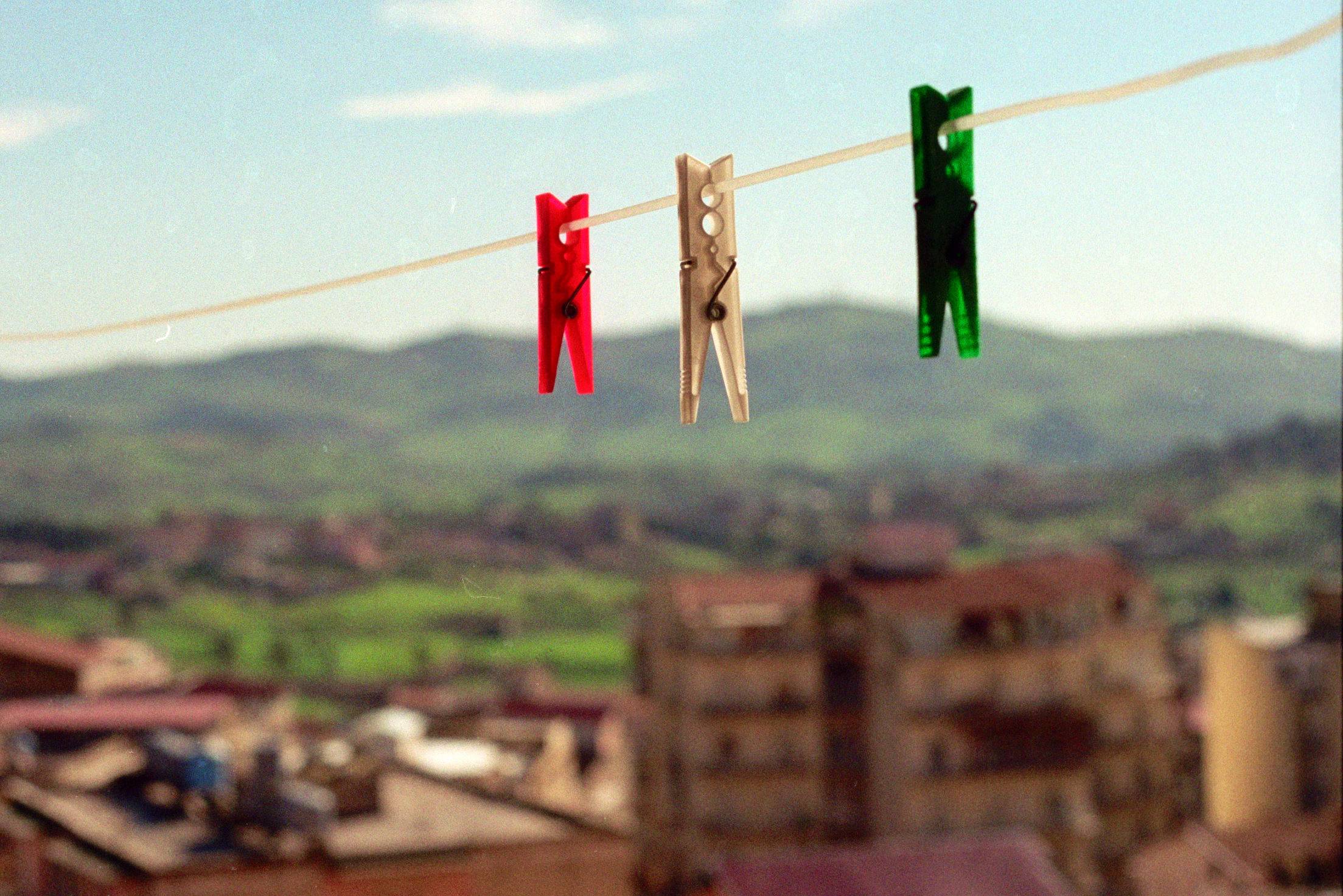
Another notable feature is its wide exposure latitude, allowing for flexibility in capturing well-exposed images even in challenging lighting situations. The Kodak ColorPlus 200 is an affordable option, appealing to photographers seeking a quality film without breaking the bank. Its balanced colour reproduction and versatility make it suitable for various photographic applications, from everyday photography to portraits, landscapes, and travel photography.
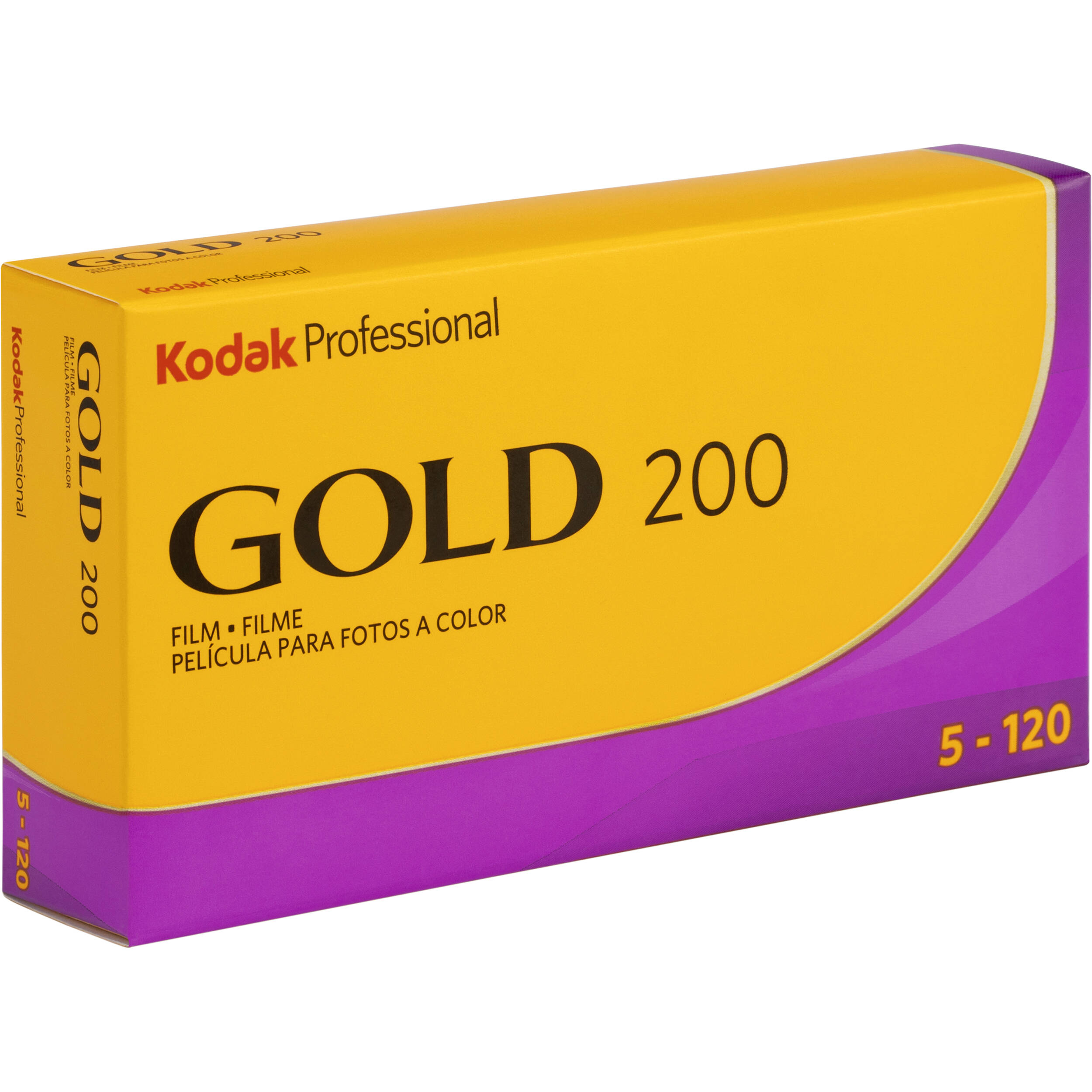
Kodak GOLD 200 Color Negative Film (35mm Roll Film)
The Kodak GOLD 200 Color Negative Film is a widely acclaimed and adaptable 35mm roll film preferred by many. This roll film is very similar to the Kodak ColorPlus 200, so if you’re stuck choosing between the two, either one will work. Much like the Kodak ColorPlus 200, It offers a combination of vivid colour saturation, fine grain, and high image sharpness, making it a reliable choice for photographers. With a nominal sensitivity of ISO 200/24°, this medium-speed film provides a balanced sensitivity to light. It has a wide exposure latitude, allowing up to two stops of underexposure or three stops of overexposure. This flexibility enables photographers to work in various lighting conditions and achieve stunning results.
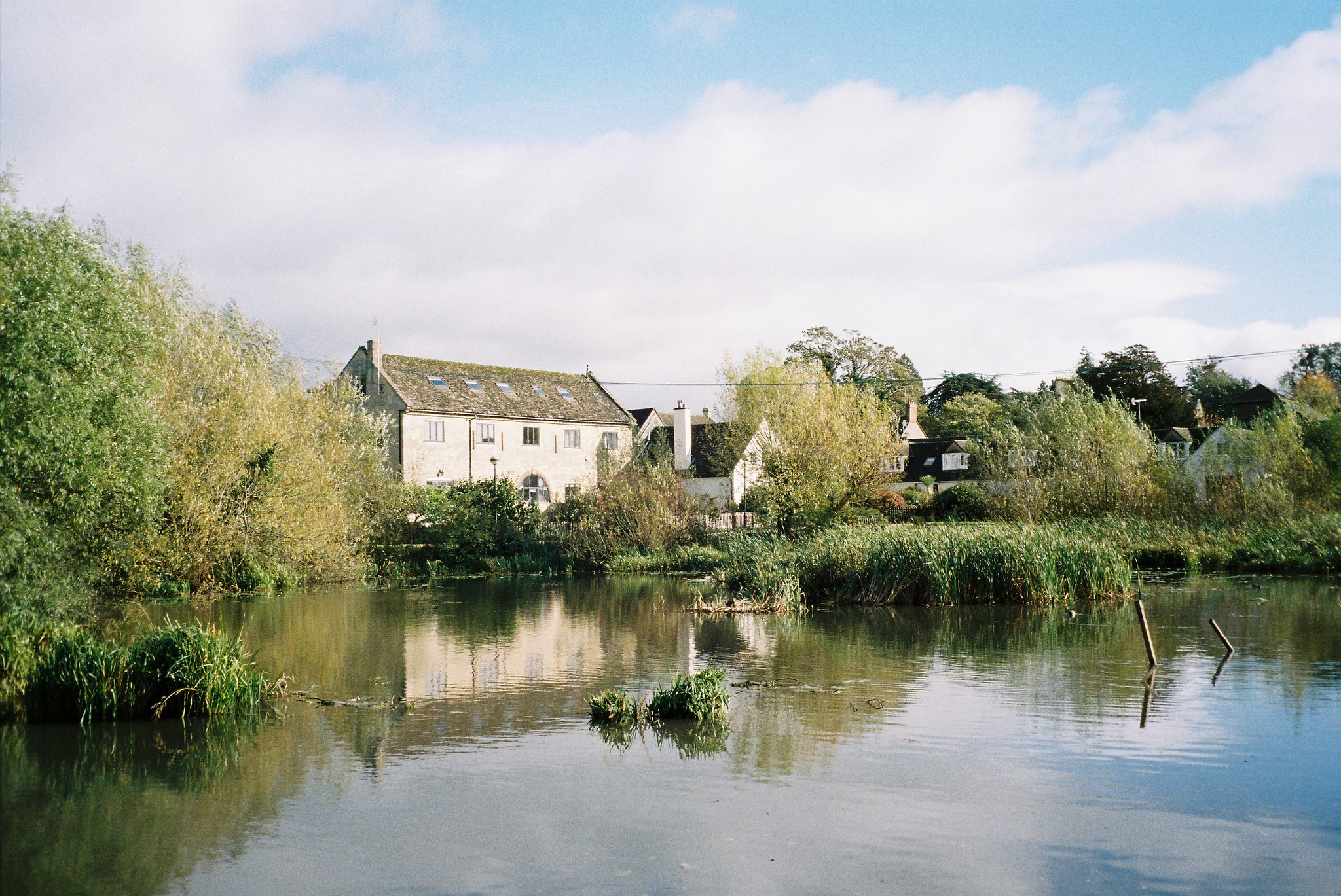
The fine grain structure of Kodak GOLD 200 makes it suitable for scanning or enlarging photographs. The small and unobtrusive film grains contribute to smoother and sharper images compared to higher-speed films. One of the film’s notable strengths is its vibrant and accurate colour reproduction. It delivers well-saturated images with good contrast and precise rendering of skin tones. This makes it suitable for capturing a wide range of subjects under different lighting conditions. Its moderate speed and balanced characteristics suit photographers of varying skill levels well.
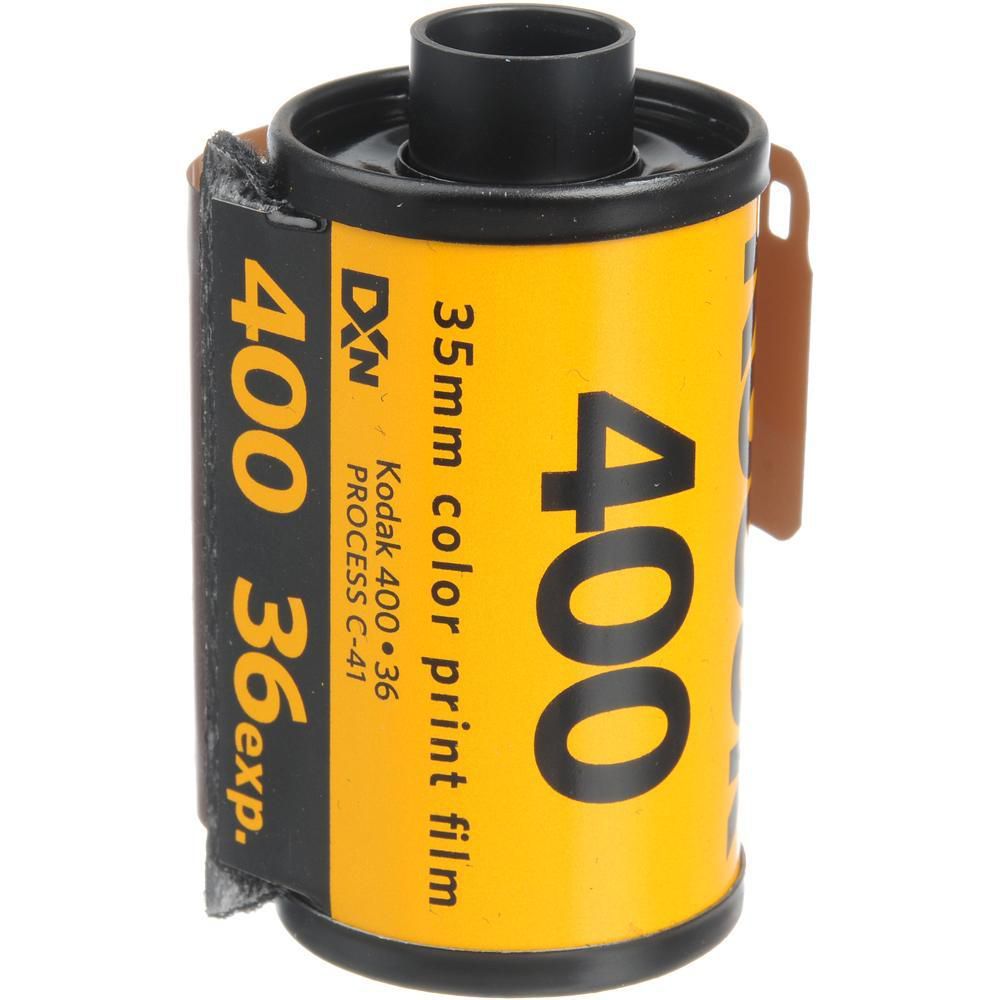
Kodak UltraMax 400
Kodak UltraMax 400 is a 35mm colour-negative film known for its quality and versatility. With a speed rating of ISO 400, this higher-speed film allows for faster shutter speeds and better performance in low-light conditions compared to lower-speed films. The fine grain structure of the Kodak UltraMax 400 ensures smooth and sharp images, although the grain may be slightly more noticeable compared to lower-speed films.

This film is renowned for its bold colour profile and pleasing colour reproduction, delivering images with good colour saturation and contrast. When it comes to skin tones, they do tend to add a yellowish hue to your subjects. The Kodak UltraMax 400 has a wide exposure latitude, accommodating various exposure conditions without significant loss of image quality. It offers flexibility in different lighting situations, allowing for slightly underexposed or overexposed shots with minimal loss of detail. Thanks to its higher speed and well-balanced characteristics, this film is versatile and suitable for general-purpose photography, outdoor events, sports, low-light situations, and scenarios that require faster shutter speeds.

Fujifilm Fujicolor C200 35mm Colour Negative Film
Fujifilm Fujicolor 200 is a 35mm colour negative film with a speed rating of ISO 200, which is considered moderate and strikes a balance between image quality and versatility. Photographers prefer this film stock for its vintage aesthetic. The film exhibits a relatively fine grain structure, resulting in smooth and sharp images compared to higher-speed films. Fujicolor 200 is known for its natural and accurate colour reproduction, producing well-saturated images with good contrast and faithful representation of colours. Concerning skin tones, this film stock tends to make skin colours a little more pink.
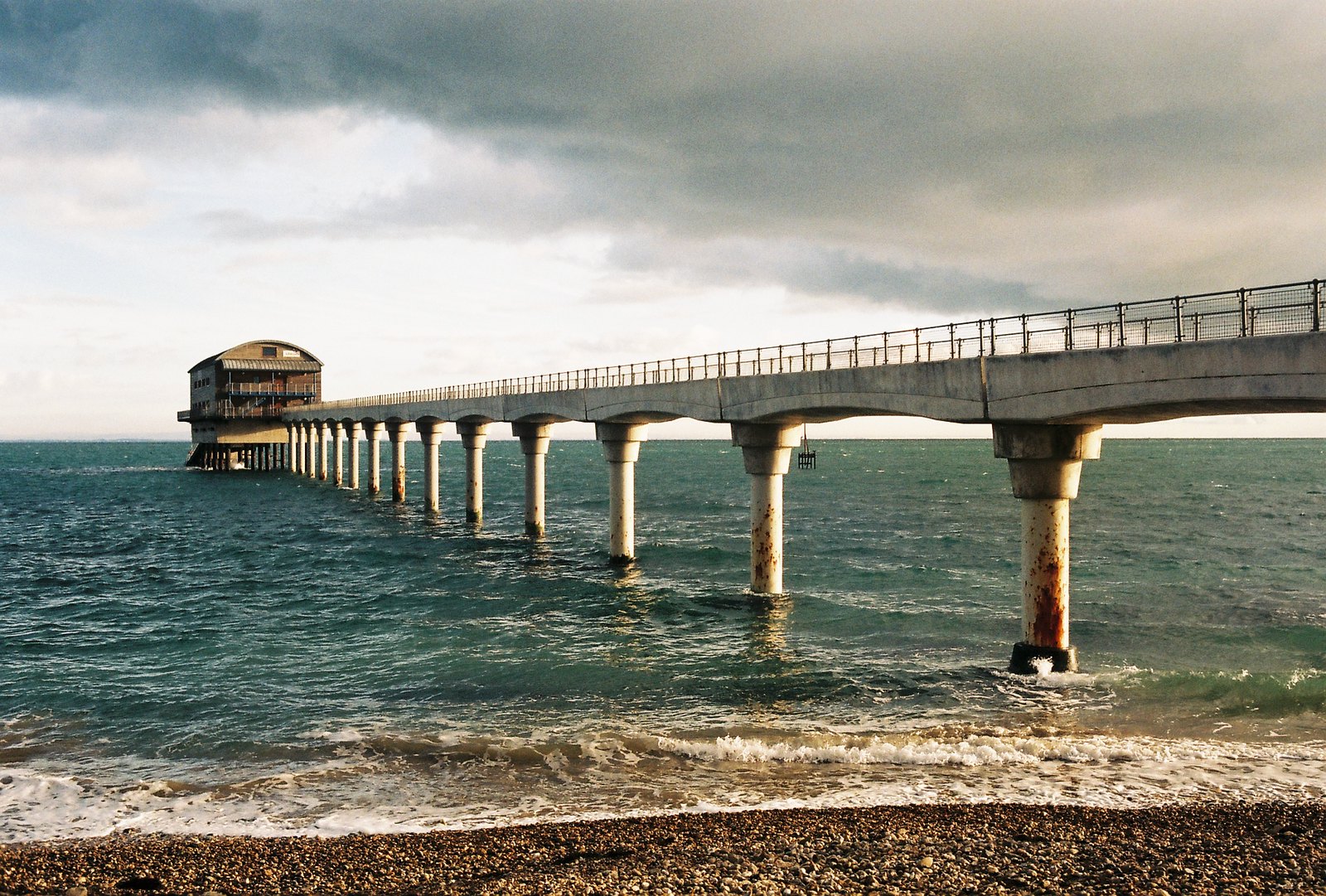
It offers a wide exposure latitude, allowing for some flexibility in exposure settings and accommodating slight variations without significant loss of image quality. Due to its moderate speed and balanced characteristics, Fujicolor 200 is a versatile film suitable for everyday photography, portraits, landscapes, and general-purpose shooting situations. However, it’s known not to perform too well during sunsets or when shooting golden hour.

Kodak Portra 160 135/36 Colour Negative Film
Kodak Portra 160 135/36 is a professional-grade colour-negative film and is highly esteemed by photographers for its exceptional image quality. This film type produces negative images that can be printed or scanned to obtain positive prints. With a speed rating of ISO 160, it falls into the low-speed film category, resulting in finer grain and more accurate colour reproduction. The Kodak Portra 160 boasts a very fine grain structure, enabled by its low ISO rating and advanced emulsion technology, which captures intricate details and produces images with smooth tonal transitions.

The film is specifically designed to deliver natural and lifelike colour rendition, offering accurate skin tones, vibrant yet balanced colours, and a wide dynamic range. Its colour rendering is often praised for being rich, subtle, and visually pleasing. The Kodak Portra 160 also provides a generous exposure latitude, allowing it to handle various lighting conditions and maintain consistent results. It can accommodate slight underexposure or overexposure without significant loss of detail or colour accuracy. Thanks to its fine grain and high resolving power, the film excels in rendering fine detail and sharpness, making it ideal for portrait and commercial photography, where precise rendering is crucial. While favoured by portrait photographers, Kodak Portra 160 is versatile enough to be used for landscapes, still life, fashion, and various other subjects and genres. It offers a balanced set of characteristics suitable for diverse shooting situations.
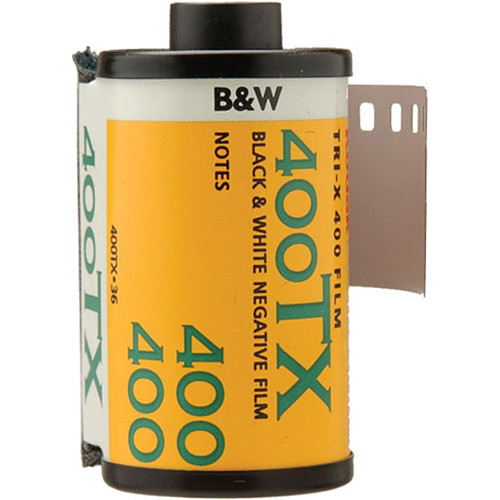
Kodak Professional Tri-X 400 35mm Black and White Film
Kodak Professional Tri-X 400 is an amazing black and white film known for its versatility and classic aesthetic. This film type captures images in grayscale, offering a timeless and nostalgic look. With a speed rating of ISO 400, Tri-X 400 is considered moderately high, providing excellent performance in low-light conditions and the flexibility to use faster shutter speeds. One of its distinguishing features is its distinctive grain structure, characterised by relatively pronounced grain compared to lower ISO films. This grain contributes to the film’s unique aesthetic and adds character to the images.
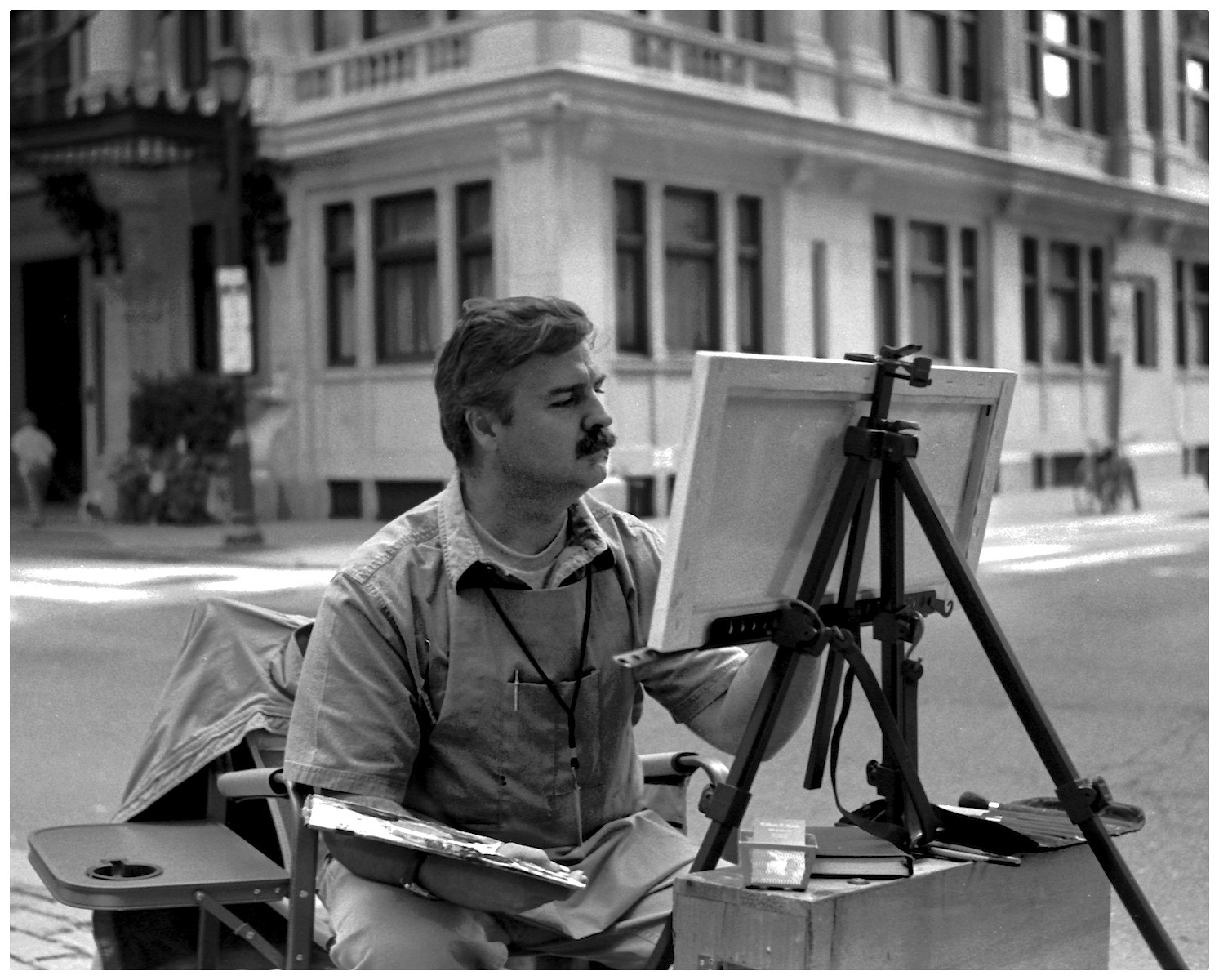
Tri-X 400 is renowned for its broad tonal range and excellent contrast. It captures a wide range of shades between pure black and pure white, resulting in rich, detailed, and dynamic black-and-white photographs. The film’s versatility makes it suitable for various photographic applications, including documentary, street, portrait, landscape, and more. Its high speed allows photographers to shoot in challenging lighting conditions and freeze fast-action scenes. Additionally, Tri-X 400 has excellent latitude for push or pull development, allowing for underexposure (push) or overexposure (pull) during development to compensate for different lighting conditions or achieve specific creative effects. This flexibility benefits photographers looking to adjust the film’s sensitivity to light.
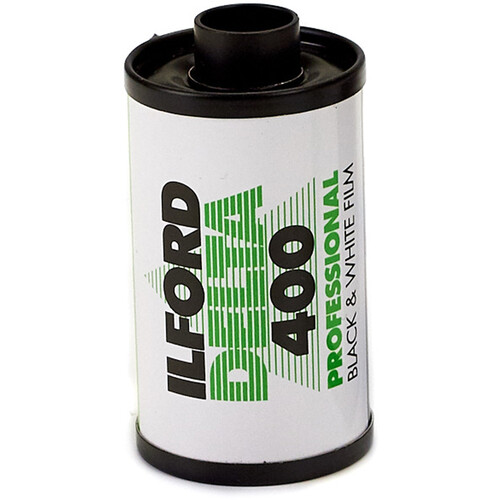
Ilford Delta 135/36 400ASA B/W Film
Ilford Delta 400 is a highly regarded black-and-white film specifically designed for 35mm film cameras. Key features and characteristics of the Ilford Delta 400 include its film speed, fine grain structure, contrast and tonal range, wide exposure latitude, versatility, film development compatibility, and archival quality. With a rating of 400 ISO/ASA, it falls within the medium-speed category, striking a balance between grain and sharpness for capturing images under a wide range of lighting conditions. Notably, Ilford Delta 400 is lauded for its fine grain, which helps photographers produce high-quality, detailed photographs with excellent tonal range. This fine grain enhances the overall sharpness and clarity of the images captured.
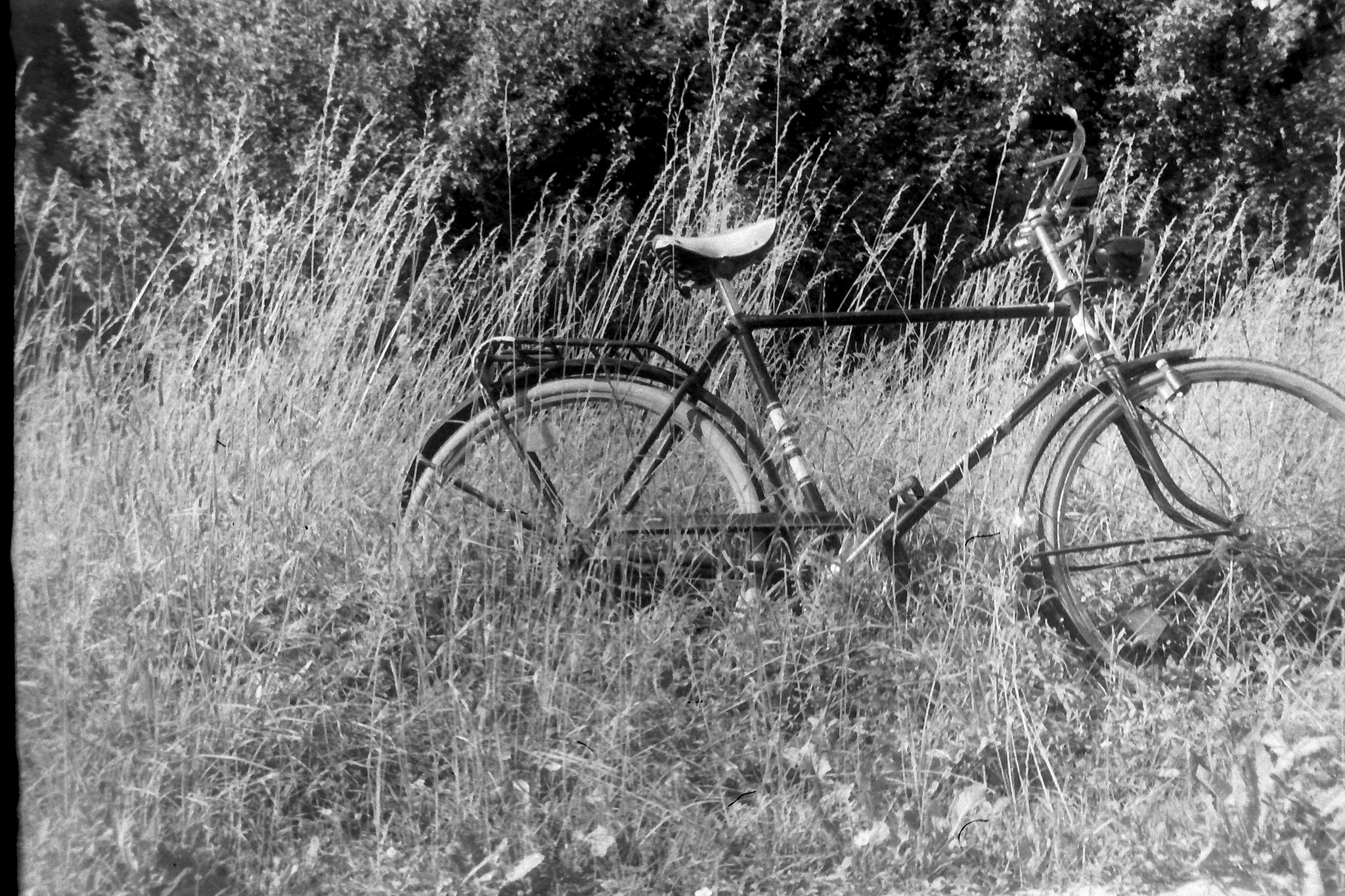
In terms of contrast, Ilford Delta 400 provides a desirable level, delivering deep blacks and bright whites in photographs. Its wide tonal range ensures the capturing of details in both highlights and shadows. This attribute grants photographers greater flexibility during the printing or post-processing stages. Versatility is another strength of the Ilford Delta 400. Whether shooting landscapes, portraits, street photography, or low-light scenes, this film reliably produces excellent results across various subjects and photographic styles. Ilford Delta 400 is designed for archival stability, ensuring the preservation of image quality over time. Its formulation resists fading and degradation, making it a dependable choice for photographers concerned with the long-term preservation of their work.

